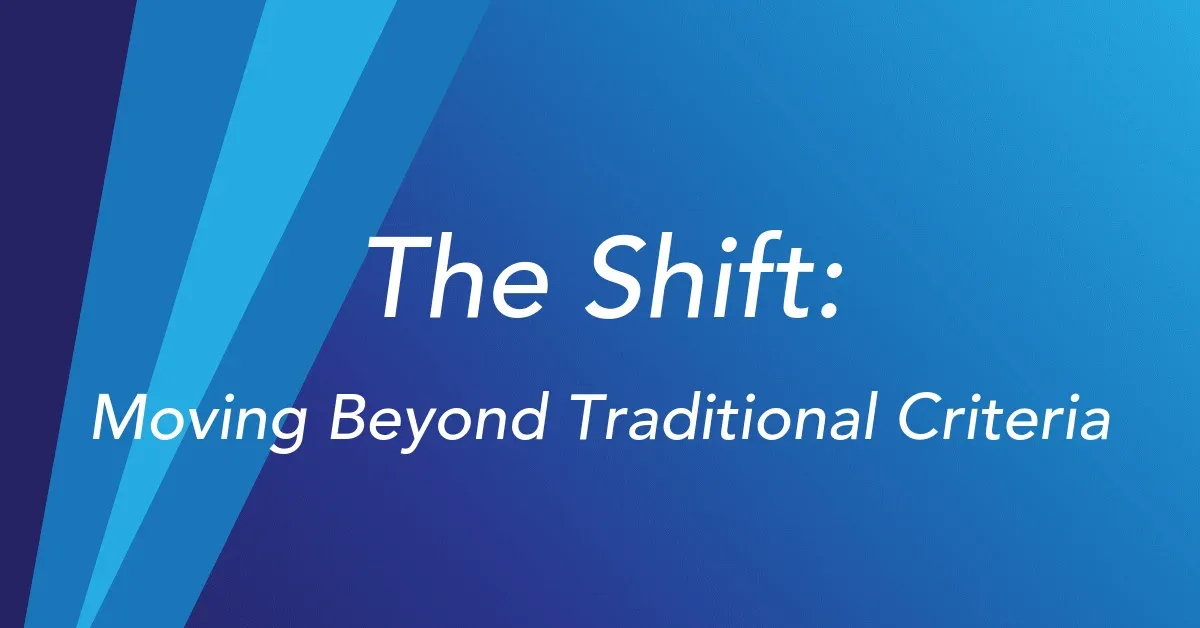Simply put, the model of traditional criteria is not cutting it in today’s healthcare environment. While innovation is rapidly transforming operations and decision-making, traditional screening criteria still rely on solitary, diagnosis-specific data points to drive determinations.
However, there is a new path forward. Hospitals and health systems across the nation now use Xsolis’ Care Level Score™ (CLS) as their determinant of medical necessity. The Care Level Score, developed upon a foundation of evidence-based medicine, is powered by Xsolis’ real-time predictive analytics and machine learning, which continuously monitor the full spectrum of patient data directly from the Electronic Medical Record. The CLS continually assesses each patient in real-time, so that the clinical narrative at any given time supports the current state of medical necessity.
The Care Level Score is a numerical representation of the likelihood of appropriate status for each patient. It was designed to be intuitive to clinical decision-making (a doctor doesn’t diagnose a patient by only looking at solitary data points, so we designed our analytics to assess the complete view of the patient); CORTEX, Xsolis’ UR platform now known as Dragonfly, leverages the CLS to prioritize case review, enabling nurses and clinicians to undertake more accurate, efficient, and defensible reviews for medical necessity decisions. As part of a comprehensive utilization review program, Cortex complies with Medicare’s Conditions of Participation and can be used to support medical necessity decisions without the need for additional criteria.
To learn more about “The Shift,” get in touch with our team today.
This post was adapted from our white paper, “The State of Utilization Management” available here.
